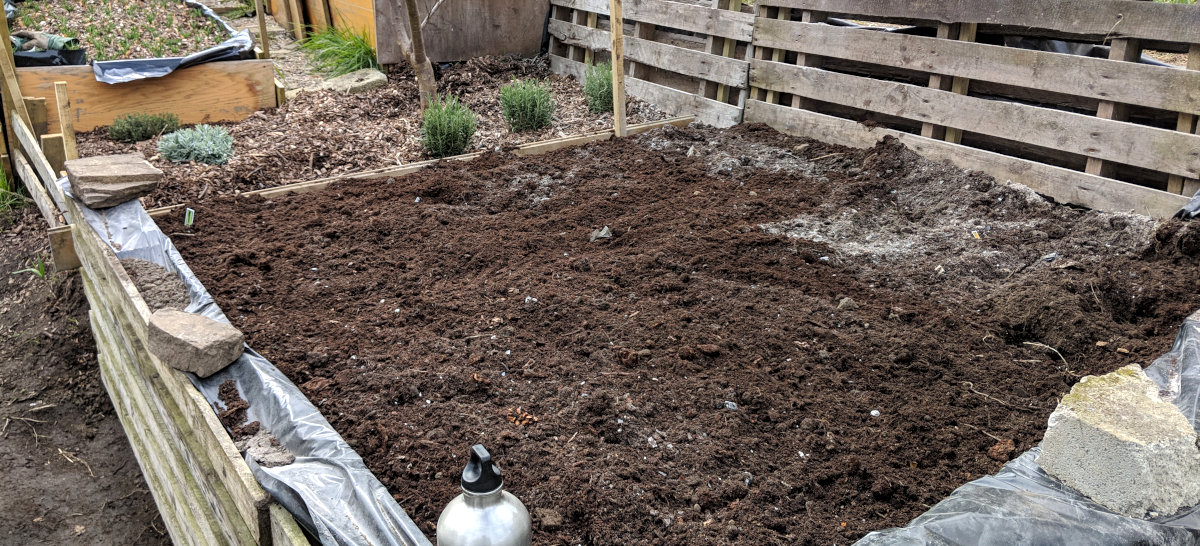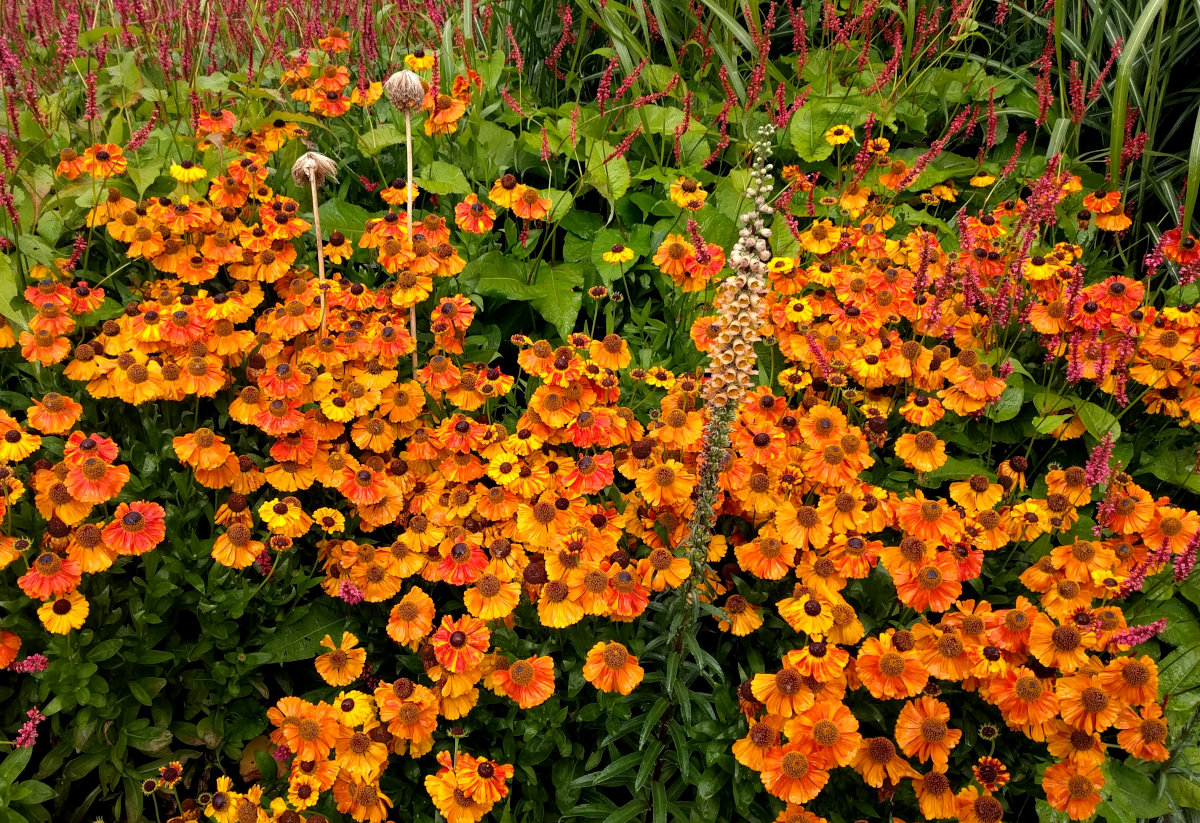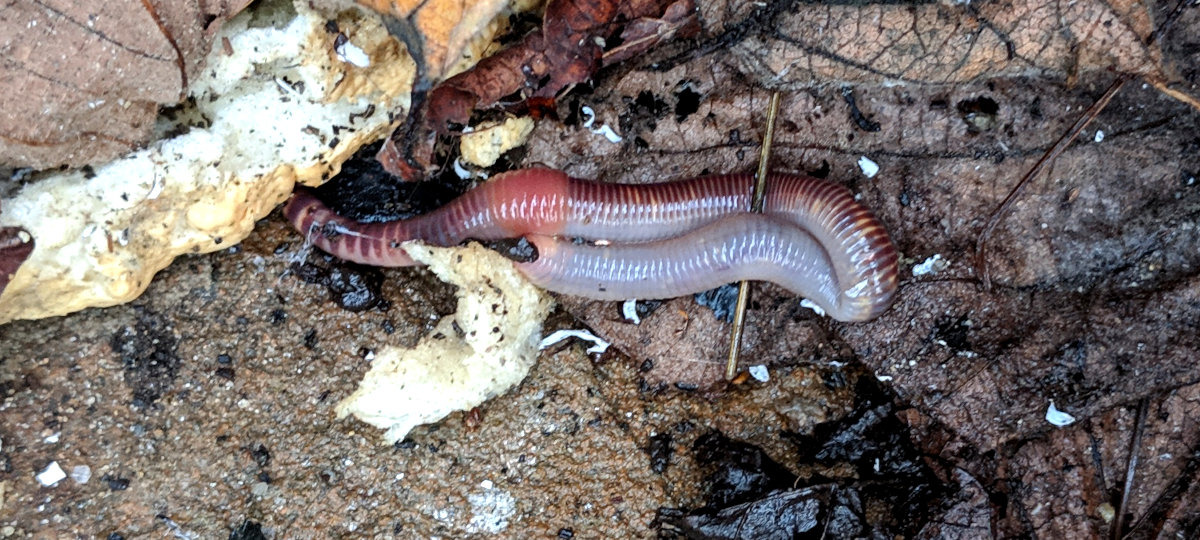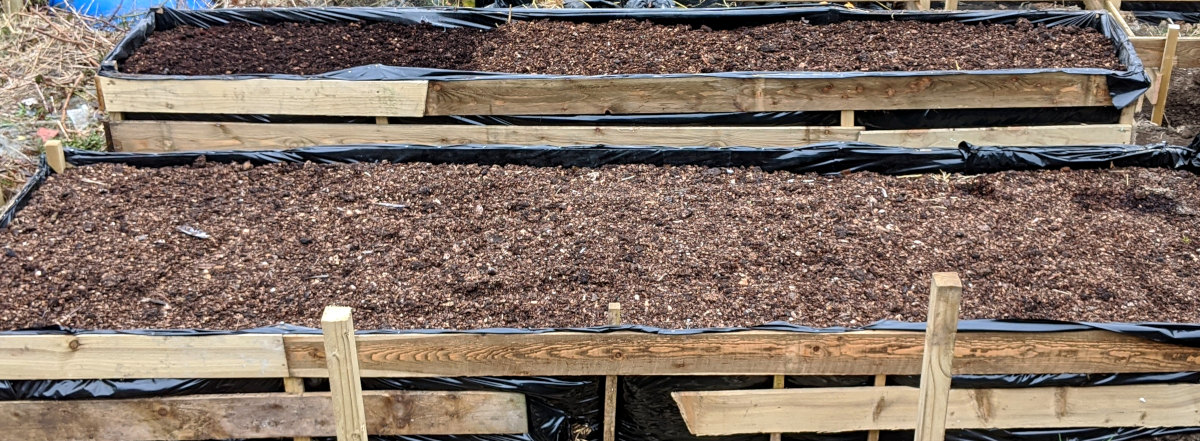Earth

The soil on your land is of vital importance and will have a big influence on how well your crops do. Therefore its important to get to know your soil and understand how you can improve and maintain it.
Here are some of the specific ways in which soil is important for cultivation:
- Nutrients: Soil contains a variety of nutrients that plants need to grow, such as nitrogen, phosphorus, potassium, and calcium. These nutrients are essential for plant growth and development.
- Water: Soil also helps to store water, which is essential for plant growth. Water is absorbed by plant roots and used for photosynthesis, cell growth, and other processes.
- Oxygen: Soil also contains oxygen, which is essential for plant root respiration. Respiration is the process by which plants use oxygen to break down nutrients and release energy.
- Physical support: Soil provides a physical support for plant roots. This support helps to anchor plants in the ground and prevents them from being uprooted by wind or rain.
- Temperature regulation: Soil helps to regulate soil temperature. This is important because plants can only grow within a certain temperature range. Soil helps to buffer against extreme temperatures, both hot and cold.
- Water filtration: Soil helps to filter water, removing pollutants and other contaminants. This helps to protect water quality and ensure that it is safe for drinking and other uses.
- Carbon storage: Soil is a major sink for carbon, storing billions of tons of carbon each year. This helps to mitigate climate change by reducing the amount of carbon dioxide in the atmosphere.
- Biodiversity: Soil is home to a vast diversity of organisms, including bacteria, fungi, insects, and worms. These organisms play an important role in the decomposition of organic matter and the cycling of nutrients.
The quality of the soil in your garden will determine the results you get from your growing and will need to be conserved, renewed and maintained every year.
Below: Good soil grows lush, green plants with abundant flowers.

Soil is many things to many people. It's the mud that accumulates on little kids when they play outside on a wet day. It's the stuff that gets in the treads of your tennis shoes.
Soil is Mother Earth supporting the plants that feed the world. But most importantly it's the plot of land that you call your own.
On that plot you plant gardens, tend your lawn and build a house that becomes a home. A home surrounded by beautiful fragrant flowers, healthy trees and shrubs and ripening garden vegetables.
What is soil made of?
Soil is the thin layer of surface material that covers large areas of land and is composed of five main ingredients.
- Minerals. Particles of rocks divided into 3 sizes; clay, sand and silt.
- Water. In varying amounts.
- Gases. The empty spaces are filled with air or the products of decomposition.
- Organic matter. Particles of decomposing plants and animals.
- Biological organisms. Bacteria, viruses, funghi and insects all make soil their home.
It is more complex than a basic mix of ingredients, soil is a complex system involving more than 10,000 components including soil microbes, bacteria, fungi, decaying plant material, organic matter, sand, silt, clay, humus and several minerals.
Why is soil important to man?
Soil is so important to humans and all living things as it underpins nearly all agriculture.
At least 90% of the crops grown around the world today rely on soil as does the entire meat and animal farming business.
Here are some tips for cultivating healthy soil:
- Add organic matter: Organic matter, such as compost, manure, and leaves, helps to improve soil structure and fertility.
- Avoid tilling: Tilling can damage soil structure and reduce the amount of organic matter in the soil.
- Cover crops: Cover crops help to protect soil from erosion and improve soil health.
- Water wisely: Overwatering can lead to soil compaction and decreased oxygen levels.
- Manage pests and diseases: Pests and diseases can damage plants and reduce crop yields.
Soil is also a reservoir for water and supports the forests and green plants that provide us with oxygen to breathe.
How do humans use soil in daily life?
Humans need soil all day every day and the lack of it affect us the most.
Soil that has been removed or washed away can take decades or even hundreds of years to renew.
Soil is a resource that underpins agriculture and the production of food in every country in the world.
Why healthy soil is important?
Soil is essential for cultivation. It provides plants with the nutrients, water, and oxygen they need to grow. It also provides a physical support for plant roots and helps to regulate soil temperature.
Healthy soil is vital to sustain current and future crop yields. The quality of the plants and animals in out food chain is directly related to the quality of the soil they were raised on.
Healthy soil contains all the nutrients and minerals to support growth.
How can you tell if your soil is healthy?
If you have quality healthy soil then plants will thrive in it and it will be a home for insects, earthworms and small mammals like moles.
Healthy soil will:
- Hold water well without becoming waterlogged.
- Grow green and vibrant plants.
- Give good yield from vegetables.
- Have a good quantity or organic matter.
- Produce bright and copious flowers on plants.
- Contain plenty of earthworms and insects.
- Be a nice dark colour.
- Have a good texture and nor be to sandy or lumpy.
- Have depth.
Below: Healthy soil will have indicator species like earthworms.

What are the types of soil?
There are six main types of soil:
- Sandy soil has a grainy appearance where the individual grains can be seen. It flows through your fingers when dry and does not hold moisture or nutrients well.
- Chalky soils are often found over limestone bedrock and tend to alkaline and free draining nutrients and minerals will leach out easily and this soil type dries out fast.
- Clay soil is a fine textured soil breaks into very hard lumps when dry. Difficult to pulverise into a soft flour like powder when dry. Readily puddles when wet.
- Silty soil contains a moderate amount of the finer grades of sand and only a small amount of clay. Over half of the particles are silt. When dry it may appear quite cloddy which readily can be broken and pulverised to a powder. When wet, it readily puddles.
- Loamy soil is a uniform mixture of sand, silt and clay. Grading of sand fraction quite uniform from coarse to fine. This is the ideal soil that balance water and nutrient holding with drainage.
- Peaty soils have a high organic content and are acidic. Peat consists of thoroughly decomposed organic material with little mineral soil finely divided with some fibrous remains. The plant remains or sometimes the woody structure can easily be recognised. Soil colour ranges from brown to black. They often occur in lowlands like swamps or swales. They hold little nutrients and have a high shrinkage upon drying.
What are the layers in soil?
There are 6 distinct layers or horizons in soil although some might not always be present in all locations and they will always vary in depth.
The six layers of soil are:
- O or organic Horizon. This is the top layer of soil and is made up of leaf litter and decaying organic matter.
- A Horizon. The topsoil is where seeds germinate and roots grow and is a mixture of humus and and mineral sand particles.
- E or eluviation Horizon. Sometimes also called the leaching layer, it is often sandy and silty and has had its minerals leached out by water dripping through.
- B Horizon. This is the subsoil layer and it is rich in clay and minerals that flow down from the surface.
- C Horizon. This is the layer of broken bedrock also called regolith. Plant roots rarely get down this far except when the surface layers are shallow.
- R Horizon. This is the solid unweathered bedrock layer.
Some layers may be missing entirely, deserts for example are mostly sand on bedrock.
The trend is for particle size to increase the deeper you go.
Is soil colour important?
Soil colour can often tell you what how much organic matter and which minerals are present in the soil.
Darker soils tend to have more organic matter and red soils are rich in iron. Very light colour soils tend to be sandy.
Is soil texture important?
Working out what sort of soil you have is important as different plants prefer a variety of conditions.
The best way to find out is to wait until the soil isn't too wet or too dry, then take a handful and squeeze it.
If it forms a lump, readily sticks together and goes shiny when rubbed then it's clay. If it sticks together but when rubbed disintegrates then you have silt. If the soil doesn't stick together and falls apart then it is sandy.
The texture will tell you what sort of soil you have and how to improve it over time.
How to improve soil:
There are many factors that can influence how good your soil is and what measures you need to take to improve it.
Plant roosts and rotting organic matter are the two best ways to improve soil naturally.
The texture of your soil will dictate how many nutrients it holds and how well it drains. Although plants require differing levels of pH, if the levels are too extreme the micro organisms that help to feed the plants won't survive.
Below: The soil in my plot. I am working in a top dressing of lime as my land is a little acidic.

You can only adjust a few of your soil's components. Luckily these are the components that can make a difference in your lawn or garden.
Soil acidity (pH) and nutrients:
Soil pH measures the degree of acidity or alkalinity. The pH scale ranges from a low of 1 to a high of 14. Normal plant growth occurs with a pH ranging from 5.5 to 7.5. Some plant life can exist outside of those ranges, but only on a limited scale.
The pH value is the single most important soil factor you need to regulate. If soil pH is not correct, none of the complex biochemical systems within plants function properly.
Calcium carbonate, a type of limestone rock, is often used to adjust a soil pH. Your garden centre can advise you on what soil additives are needed to adjust pH.
Organic matter is residue left by all plants that have grown and are decaying in soil. The higher the level of organic matter, the greater the soil's water holding capacity. Soil with a higher level of organic matter produces the best plants.
Nitrogen is the soil element that makes plants green. A few other things also aid in plant colouring: chlorophyll, phosphorous and iron.
Other than water, nitrogen is the biggest component of plants. It can account for up to 5 percent of the total weight of annual plants. Plants lacking nitrogen have a pale colour instead of a lush green colour.
Extreme care is very important when applying nitrogen. The correct amount is wonderful but too much is extremely harmful to plants.
Phosphorous is essential for a plant's energy production. All plants, from the smallest grass to the mightiest redwood, go through a photosynthesis process, using sunlight to produce energy. Without phosphorous, this process cannot take place.
Phosphorous helps perennial plants and turf build strong roots and develop winter hardiness. Winter hardy plants and lawns green up earlier and grow faster each spring, provided their roots have access to the correct amount of phosphorous.
Phosphorous is an important component in the "fruit set" process. Ever ask how your neighbour grows those big luscious tomatoes? Probably their phosphorous level is optimised every year.
The granddaddy of soil elements is potassium. Potassium is the "Cation for Anions". No, we are not turning this discussion into a chemistry class. We're just quoting a world famous botanist, who said that potassium is the locomotive which pulls the other elements around the plant and helps maintain electrical balance within the cell.
Potassium is the water pressure regulator of the plant kingdom. Potassium's role as the water regulator is particularly important for large plants, flowers, trees etc. Potassium regulates the stalk strength of those larger plants.
Trees, grass, flowers and shrubs all become much stronger after several years of proper potassium fertilisation. Correct soil potassium levels enable plants to survive mild drought stress. Plants without the correct potassium level wither and die.
Calcium is a soil nutrient often overlooked because you receive it for free when you apply limestone. Calcium is ignored particularly in the western United States, where soils have naturally occurring high pH levels. These types of soils never require limestone applications to adjust the soil pH. Therefore, they are often short of calcium and leave the plants wanting.
Although plants don't use calcium like we do for strong bones, they do need calcium to form strong buds and fruits. Plants need calcium to help build and elongate the walls of the cells, which make up plant stems. If your plants are short and sometimes shrivel, you may be short of calcium.
Magnesium is primarily used in the synthesis of chlorophyll and several enzymes within plants. Magnesium is essential for the synthesis of ribosomal proteins. These are important proteins for plant growth and development.
Plants with low magnesium are often stunted and have little vigour. They look normal but just don't grow.
